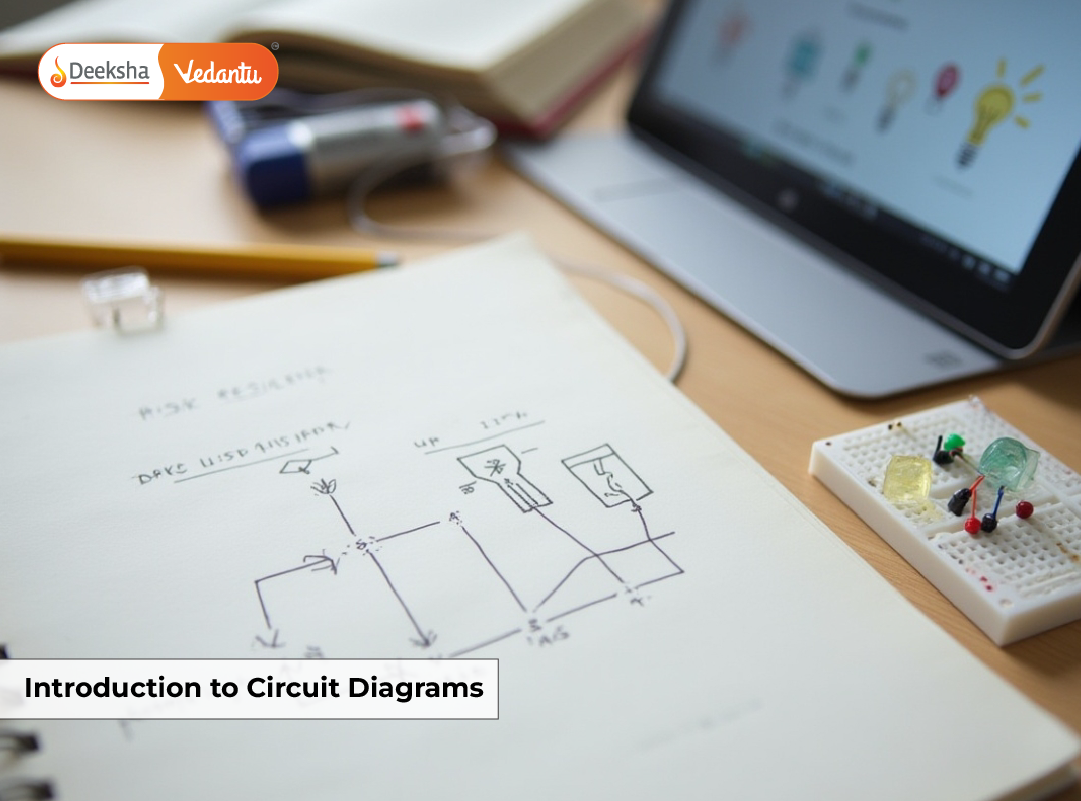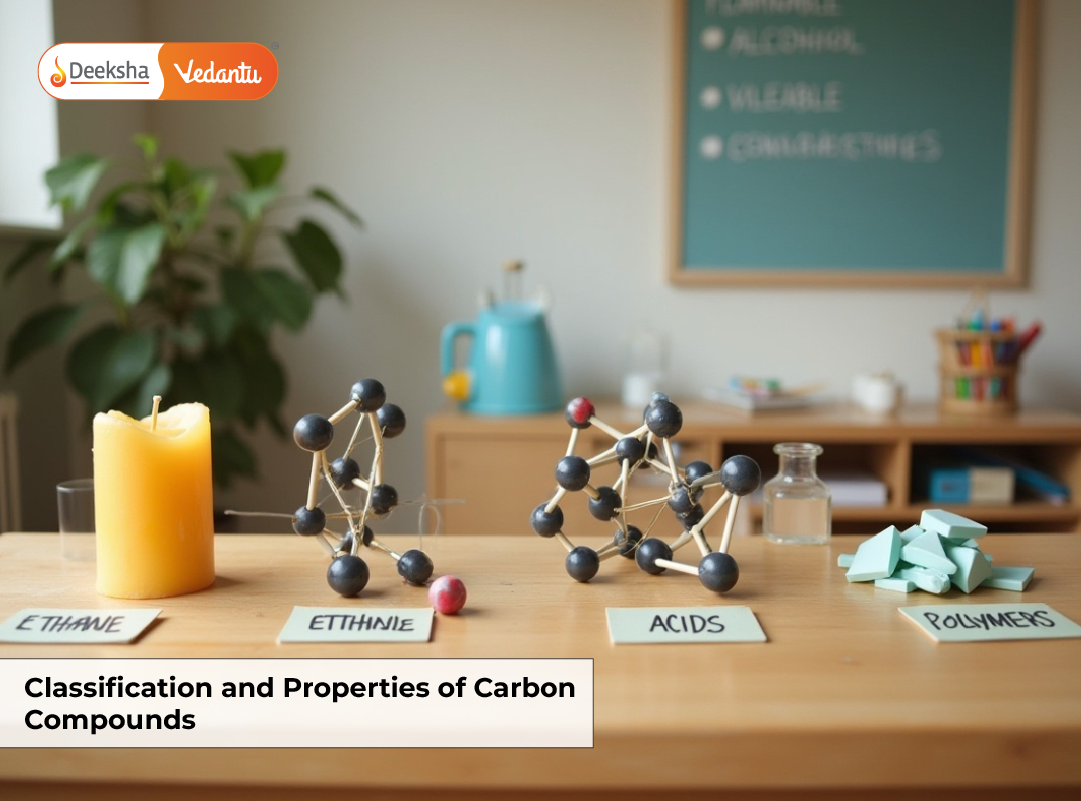Introduction
Importance of Genetics and Evolution in NEET
Genetics and Evolution is one of the most high-scoring units in NEET Biology. It carries consistent weightage and offers questions that are often concept-based and repetitive in pattern. From solving inheritance problems to understanding the molecular basis of life, this unit tests both logic and memory.
In NEET, students can expect 8–12 marks from this unit, making it crucial for those aiming to boost their overall score.
Explore Deeksha Vedantu Long Term NEET Coaching to boost your NEET Scores today.
Chapters Covered Under NEET Biology
Genetics and Evolution includes:
- Principles of Inheritance and Variation
- Molecular Basis of Inheritance
- Evolution
Why Focus on Mendel’s Laws and DNA Replication?
Two major pillars of this unit are Mendel’s Laws of Inheritance and DNA Replication. These topics have direct questions in NEET exams and require solid conceptual understanding. A good grasp of these will also make it easier to understand genetic disorders, pedigree analysis, and mutations.
Mendel’s Laws of Inheritance
Who Was Gregor Mendel?
Gregor Mendel, an Austrian monk, is known as the Father of Genetics. Through his experiments with pea plants, he discovered the fundamental laws that govern heredity. His work laid the foundation for the study of genetics as a scientific discipline.
Key Terms You Need to Know
Before diving into the laws, it’s important to understand the basic terminology:
- Gene: A segment of DNA coding for a protein.
- Allele: Different versions of the same gene.
- Genotype: The genetic makeup (e.g., TT, Tt, tt).
- Phenotype: Observable traits (e.g., tall or short plant).
- Homozygous: Both alleles are the same (TT or tt).
- Heterozygous: Different alleles (Tt).
- Dominant trait: Expressed even when one copy is present.
- Recessive trait: Expressed only when both copies are recessive.
Mendel’s Experiments and Observations
Mendel observed the inheritance of traits in pea plants across generations. He selected seven traits like flower color and seed shape and cross-bred plants to analyze how traits were passed on. His data revealed predictable patterns of inheritance, leading to the formulation of three core laws.
The Three Mendelian Laws
Law of Dominance
In a heterozygous condition, only the dominant allele expresses itself, masking the recessive one. For example, in a cross between tall (TT) and dwarf (tt) plants, all offspring in the F1 generation are tall (Tt).
Law of Segregation
During gamete formation, the two alleles for a trait segregate randomly, ensuring each gamete receives only one allele. This explains the 3:1 ratio in the F2 generation of a monohybrid cross.
Law of Independent Assortment
Traits governed by different genes are inherited independently of each other, as seen in dihybrid crosses (e.g., seed color and shape), resulting in a phenotypic ratio of 9:3:3:1 in F2 generation.
Monohybrid and Dihybrid Crosses
- Monohybrid Cross: One trait studied (e.g., plant height). Genotypic ratio: 1:2:1; Phenotypic ratio: 3:1
- Dihybrid Cross: Two traits studied (e.g., seed shape and color). Phenotypic ratio: 9:3:3:1
Drawing Punnett squares and practicing different scenarios will help in solving NEET-level MCQs quickly.
Solve NEET previous Year question papers
NEET-Focused Tips for Solving Genetics Problems
- Always write down genotypes and phenotypes clearly.
- Use Punnett squares to visualize cross outcomes.
- Watch for tricky dominant/recessive or sex-linked trait questions.
- Memorize standard ratios and inheritance patterns.
Check out our NEET Residential Coaching option for focused preparation.
DNA Replication – The Molecular Basis of Inheritance
What is DNA and Why is it Important?
DNA (Deoxyribonucleic Acid) is the carrier of genetic information. It is composed of nucleotides, which include a sugar, phosphate group, and nitrogenous base. Its double-helix structure, discovered by Watson and Crick, allows it to replicate accurately during cell division.
DNA replication is vital to ensure that each new cell has an identical set of genetic instructions.
Key Components Involved in Replication
- DNA Helicase: Unwinds the DNA double helix.
- Primase: Adds RNA primers to initiate replication.
- DNA Polymerase: Adds nucleotides to synthesize new strands.
- Ligase: Joins Okazaki fragments on the lagging strand.
These enzymes work together to ensure that replication is accurate and efficient.
Steps of DNA Replication
Initiation
Replication begins at a specific origin where helicase unwinds the DNA, forming a replication fork. Primase lays down RNA primers.
Elongation
DNA polymerase adds complementary nucleotides in the 5’ to 3’ direction. The leading strand is synthesized continuously, while the lagging strand is built in short fragments.
Termination
Once the entire DNA molecule is copied, DNA ligase seals the fragments, and the process concludes with two identical DNA molecules.
Semi-Conservative Nature of Replication
Each new DNA molecule contains one original (parental) strand and one newly synthesized strand. This model was confirmed by the Meselson-Stahl experiment, a key concept often tested in NEET.
Important Diagrams to Practice for NEET
- Double-helix structure of DNA
- Replication fork with labeled enzymes
- Meselson-Stahl experiment setup and results
These are frequent diagram-based questions in NEET, so practice drawing and labeling them accurately.
Common Questions from This Chapter in NEET
- Function of enzymes like ligase and polymerase
- DNA base pairing rules (A-T, G-C)
- Meselson-Stahl experiment interpretation
- Direction of replication and strand identification
NEET Strategy for Genetics and Evolution
High-Weightage Topics to Prioritize
- Mendel’s Laws and their application
- Dihybrid cross and independent assortment
- Structure and function of DNA
- Steps and enzymes in DNA replication
- Molecular experiments (Meselson-Stahl, Hershey-Chase)
Best Practices for Solving Genetics-Based MCQs
- Eliminate options logically
- Focus on key terms like genotype/phenotype
- Pay attention to tricky questions involving co-dominance or multiple alleles
- Practice pedigree analysis questions
Time Management During Practice
- Allocate 20–25 minutes to complete Genetics questions in mocks
- Start with direct concept-based questions before moving to complex numerical-based ones
- Mark and revisit difficult questions during revision
Using Diagrams & Mnemonics for Quick Revision
Use mnemonics to remember:
- DNA replication enzymes: “Hi Polly Likes Pie” (Helicase, Polymerase, Ligase, Primase)
- Genetic ratios: Monohybrid (3:1), Dihybrid (9:3:3:1)
- DNA base pairing: A with T, G with C – Always Together, Good Couple
FAQs
What is the weightage of Genetics and Evolution in NEET?
This unit carries around 8–12 marks, and questions are often concept-based and repetitive.
Are numerical-based questions asked from Mendel’s Laws?
Yes, simple calculations involving Punnett squares and ratios are commonly asked.
Is DNA replication asked conceptually or diagrammatically?
Both. NEET often includes conceptual MCQs along with questions based on labeled diagrams.
Can I skip evolution if I focus only on genetics?
Not recommended. While evolution has slightly less weightage, it’s an easy scoring area with direct theory-based questions.
Conclusion
Final Tips to Ace Genetics and DNA-Based Questions
Genetics and Evolution can be one of your highest scoring units in NEET if approached with a strategic plan. Focus on clarity in Mendelian concepts, understand DNA replication step-by-step, and revise key diagrams consistently.
Regular MCQ practice, quick notes, and mock tests are your best tools for mastering this unit.
How Deeksha Vedantu Helps You Master NEET Biology
At Deeksha Vedantu, our expert faculty, concept-driven modules, and visual learning techniques make complex topics like genetics and molecular biology easier to understand. Our structured NEET program offers:
- Interactive biology classes
- Regular chapter-wise tests and revisions
- Diagram-focused learning and NCERT mapping
- Doubt-solving sessions and personalized guidance
Table of Contents















Get Social